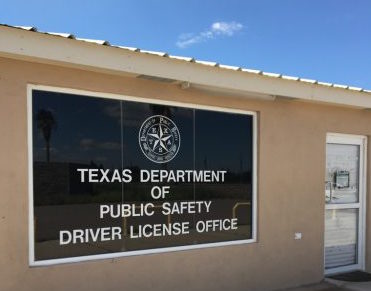The problem happens near the Gayman Bridge, which is part of state Highway 48. The bridge separates the bay where the pelicans live from the Gulf of Mexico, where they hunt fish. On some winter evenings, north winds topping 30 miles per hour make it hard for the pelicans to fly over the bridge; some are forced down onto the highway.
“So, two things were happening: they were being run over by motorists, and they become a hazard for the drivers,” says Texas Department of Transportation spokesman Octavio Saenz.
The pelicans haven’t caused any automobile accidents so far, but it’s not just the wind that’s at fault here; it’s also the bridge itself. On either side of it, there are solid, waist-high concrete barriers designed to prevent cars from running off the road. But Saenz says that when the wind hits those barriers, it creates a kind of vortex that can trap the pelicans if they’re flying low enough.
“We found that there was a zone of downdrafts, that air that presses the birds down to the ground,” Saenz says. “And the issue is that once that bird is grounded, because there’s a swirling airflow in that area, it kinda prevents the birds from taking off.”
He knows this because TxDOT’s been studying the wind mechanics at the bridge for over a year in order to mitigate a dangerous situation.
In audio recorded during a cold front last year, you can hear the strong wind. In the video from TxDOT, below, you can see that it’s sometimes hazy, the road might be wet, and the speed limit is 75 miles per hour.
















